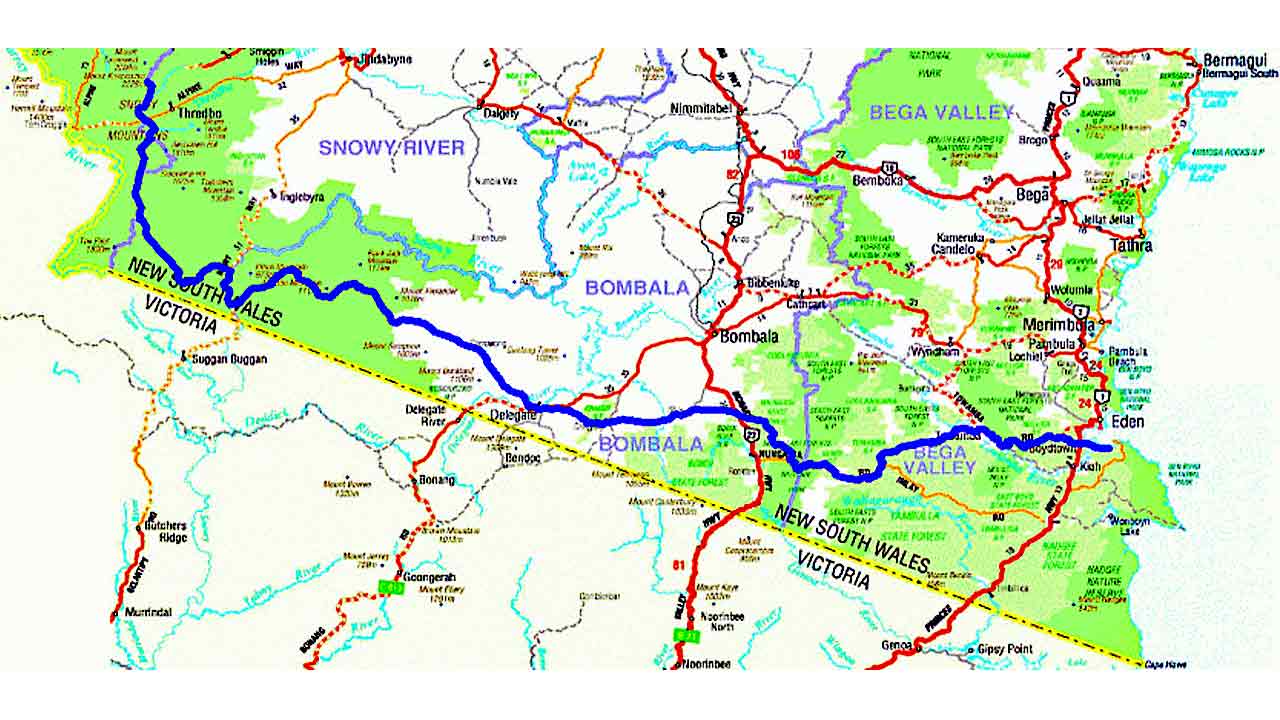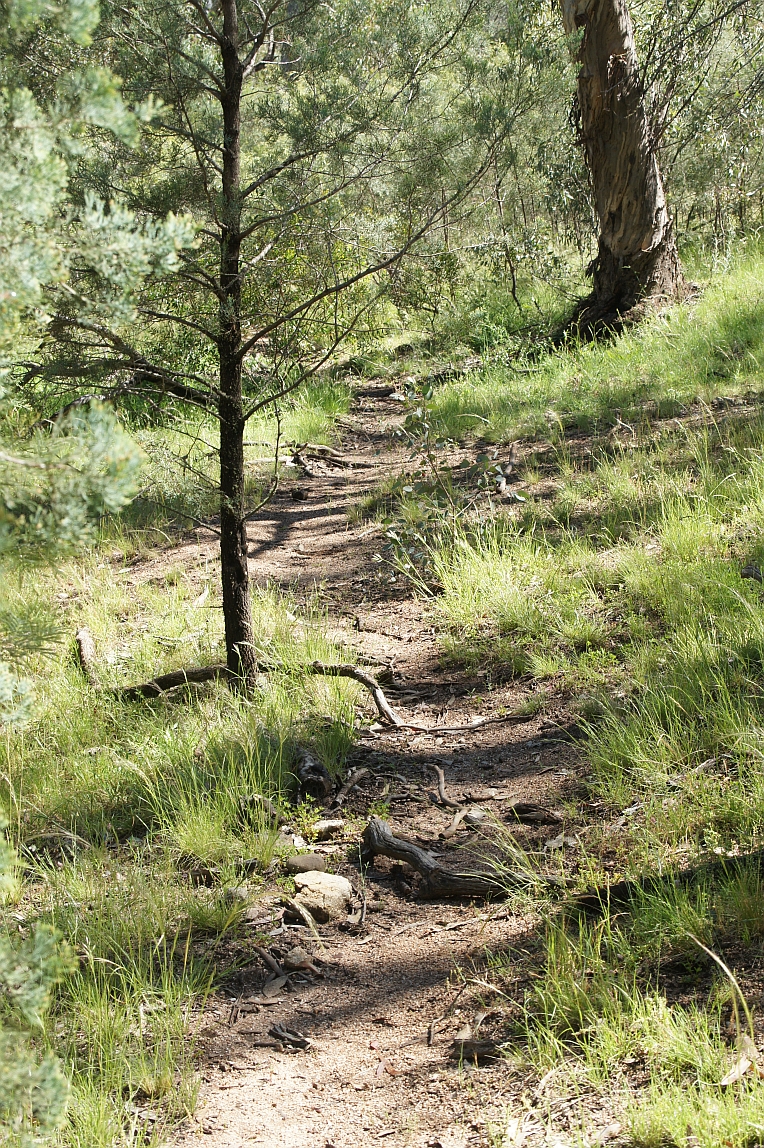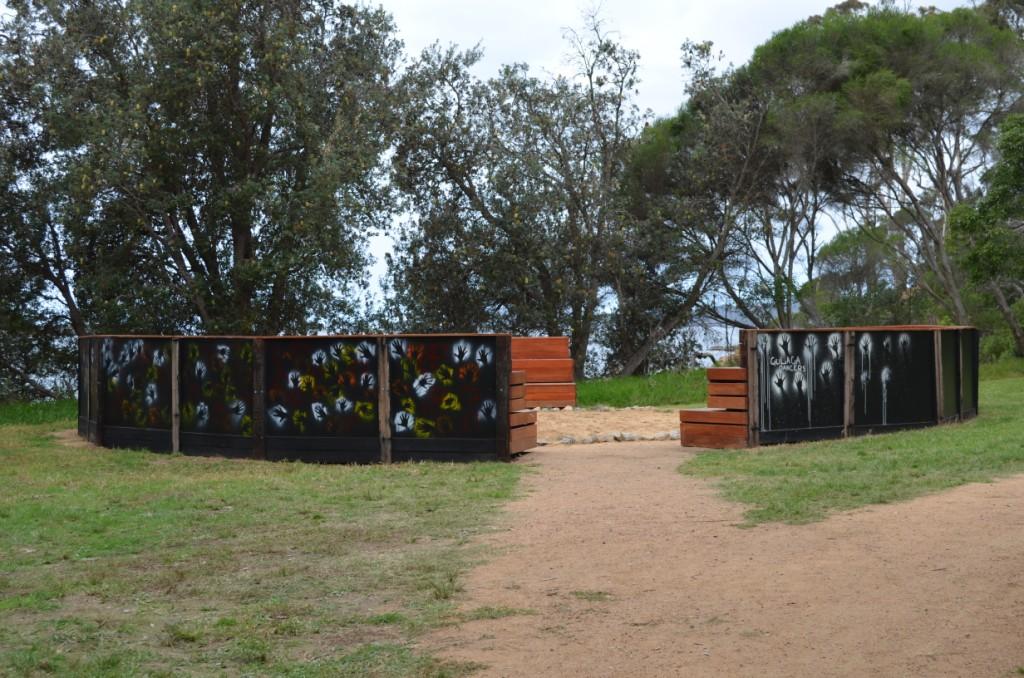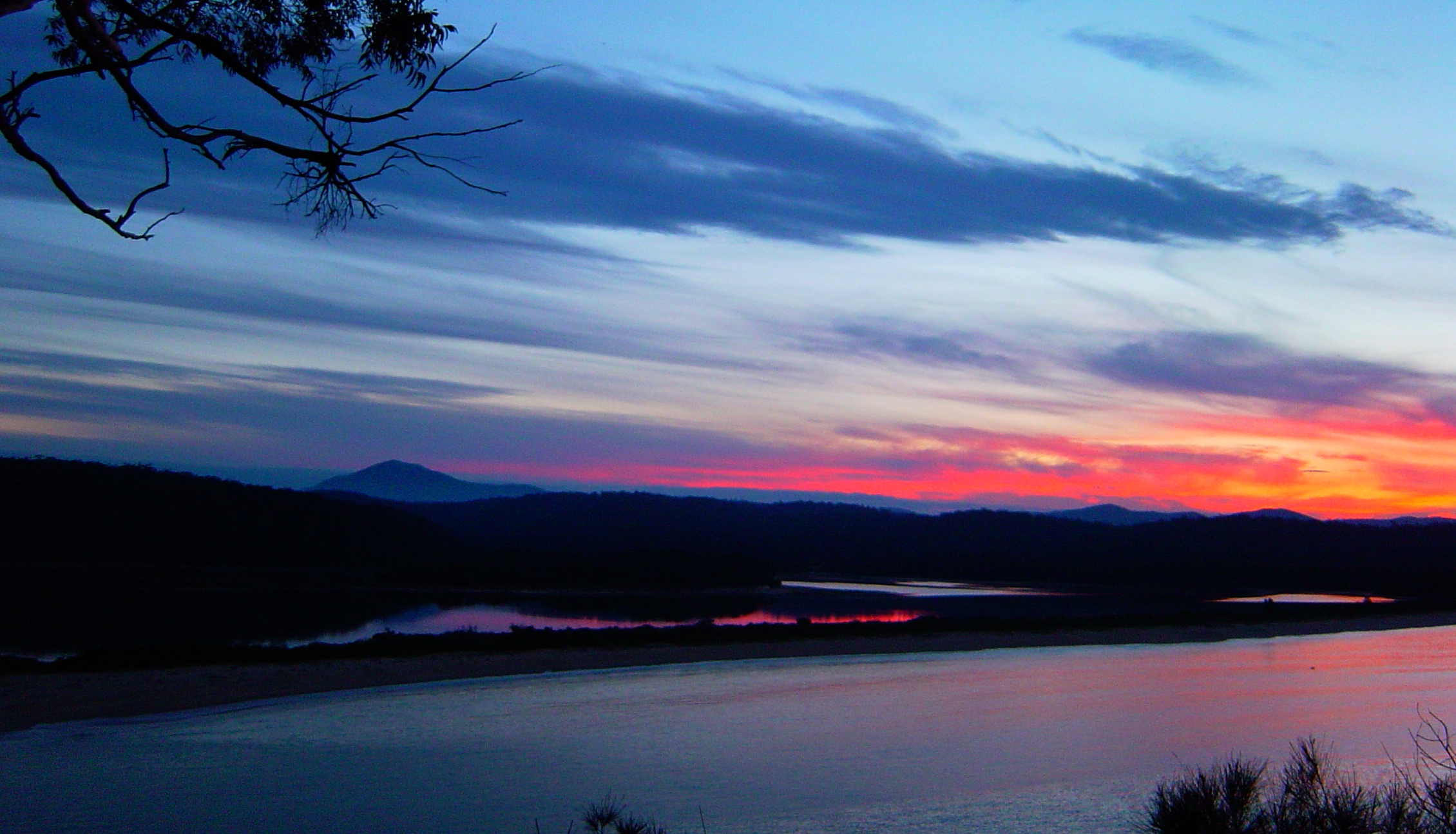Stretching 390 kilometres from Eden to Mt Kosciuszko, the Bundian Way is a path Aboriginal clans used for possibly up to 40,000 years before showing it to early settlers to help them better access the Monaro region from the coast.
On Monday, the Eden Local Aboriginal Land Council opened a small portion of the heritage-listed pathway to conduct ‘story walk’ tours.
It marks the start of a project that’s already taken some 20 odd years.
Eden senior Elder Uncle Ossie Cruse says the track embodies tranquility and should be used to look at how history can contribute to a bigger move towards reconciliation.
“What makes it one of the gems of the world is its characteristics,” he says.
“Lots of people have worked on [the project] and walked on sections of it.”
Uncle Cruse says many “white and black, and black and black” people have worked together on the path across generations in a manner reflective of kinship that it is a symbolic family pathway, no matter how you look at it.
“We call it the pathway of peace,” he says.
The council’s chairman, BJ Cruse, says cross-referencing points on the track to features recorded in old maps made by an early explorer in the 1800s, shows the working relationship between the Aboriginals and Europeans.
“When we give the cultural talks, we have a theme, and that’s reconciliation and healing,” BJ Cruse says.
The council’s acting chief executive and land and sea coordinator Les Kosez says the project offers an opportunity to unify Aboriginal and European history.
He says if Australia wants to see itself as a contemporary nation, it needs to recognise both Aboriginal history and European history.
“We used Bundian Way as a platform to, not only celebrate that, but to have frank discussions in a non-confrontational manner, and in an inclusive setting,” he says.
A natural wonder
The Bundian Way spans almost 400 kilometres and encompasses four water changes: salt water, brackish water (a mix of salt and fresh water), fresh water and solid water, or ice in the Kosciuszko National Park area, says Uncle Cruse.
Les Kosez suggests the ‘story walk’ tour would be “incredible” for schools or any science studies.
“It’s more or less kept its identity hidden all these years,” he says.
“There is also no higher point in Australia as high as Mt Kosciuszko.” Bundian Way Advisory Committee chairman John Blay says seasoned bush walkers, who have been walking the track before it was officially opened, described it as “the greatest walking trail” in the world.
Bundian Way Advisory Committee chairman John Blay says seasoned bush walkers, who have been walking the track before it was officially opened, described it as “the greatest walking trail” in the world.

Bundian Way map. Source: Supplied
“[It's] because it has the widest variety of landscapes going from the highest point of the continent to the coast, while going through all that scenery,” he says.
Mr Blay, who is also the Bundian Way project officer at the Eden Local Aboriginal Land Council, says the track tells the true story of shared history.
He says most pathways have been lost to roads or fenced off but this one is still freely accessible.
There are also many scarred trees and artefacts found along the track.
“It’s hard to go 5 metres without finding another artifact such as cutting tools or flakes of stone that go up to the size of a hatchet,” he says.
“It’s quite amazing. It’s fantastic to walk because you’ve got this sense of the ancient continent there and the spirits of the ancient continent are still there.”
The project’s future
Bundian Way advisory committee chairman John Blay says there are hopes to extend the walking track.
My Blay who is also the project officer for the Eden Local Aboriginal Land Council, says they are receiving funding from the state and federal governments, and it could be fully complete this year if there is additional aid.
He says a major campsite at Twofold Bay and dozens of other campsites on the Bundian Way may be developed to complement the 'story walk' track. The Eden Local Aboriginal Land Council’s Bundian Way project will create up to 30 full-time jobs for the community as it looks into cultural tourism and opportunities to provide educational activities.
The Eden Local Aboriginal Land Council’s Bundian Way project will create up to 30 full-time jobs for the community as it looks into cultural tourism and opportunities to provide educational activities.

Typical pathway route in Bydabo Wilderness. Source: Supplied
The council’s acting chief executive Les Kosez says there was a niche gap and the council was in a good position to enter and capitalise on a growing market based on market research and future projections.
“We’re not trying to establish a million-dollar business that’ll make exorbitant amounts of money,” Mr Kosez says.
“We’re trying to establish something that’s sustainable to provide long term benefits to our community and people.”
History
Up to 20 different clans from the region are thought to have used the pathway, according to the chairman of the Bundian Way advisory committee.
John Blay says Aboriginal people hunted the Bogong moth in the high country and hunted whales on the coast.
He says another key part of the project is about bringing history back to the community so people can better understand how Aboriginal people connected with the land. He says in 1842 a man named Al.mil.gong walked some 600 kilometeres from Omea to Twofold Bay to present his new corroboree, and Aboriginal people from across the region celebrated and invited Europeans.
He says in 1842 a man named Al.mil.gong walked some 600 kilometeres from Omea to Twofold Bay to present his new corroboree, and Aboriginal people from across the region celebrated and invited Europeans.

Corroborree ground. Source: Supplied
He says two of those Europeans recorded a drawn and written account of the corroboree, and the Bundian way was used to celebrate ceremonies, as well as all the landscapes in between the high country and coast.
Twofold Bay also became known as a whale hunting spot, where whale ceremonies were held.
“It became famous for its whaling fleets where Aboriginal people helped the white fella hunt the whales but Aboriginals have been using it to hunt whales for hundreds of years,” he says.
“So the major thing about it is that, not only is it a great walking track, it also tells you stories of Aboriginal culture.
“There were Aboriginal people across the region.”
He says the first surveyor was shown the way by the Aboriginal people, and carved surveyor’s marks in the trees every mile, which they have found today.
“It was the best way to walk and is still used by kangaroos, wombats and dingoes today.”
How whales were hunted
John Blay, the Bundian Way project officer of the Eden Local Aboriginal Land Council, says Aboriginal people had hunted whales for hundreds of years in the region, before helping early settlers hunt.
He says they hunted the whales in cooperation with orcas.
When the hunters were ready, they’d signal to the orcas by clapping a shield or other flat object on the water to make a flapping sound. Mr Blay says the orcas would then drive the whale, either young, old or sick, into Twofold Bay where they could spear them closer to the shore.
Mr Blay says the orcas would then drive the whale, either young, old or sick, into Twofold Bay where they could spear them closer to the shore.

Sunset at Whale Beach. Source: Supplied
“The killer whales got their part of the whale and then the Aboriginal people got their part,” he says.
“There were songs the Aboriginal people would sing to the whales that have been recorded and many local Aboriginal people believe their whales were their kin.”
Mr Blay says killer whales were almost hunted to extinction in the early 20th Century but now they are starting to come back and people are seeing them more frequently again now.
To find out more about the Bundian Way and its tour, visit bundianway.com.au.

